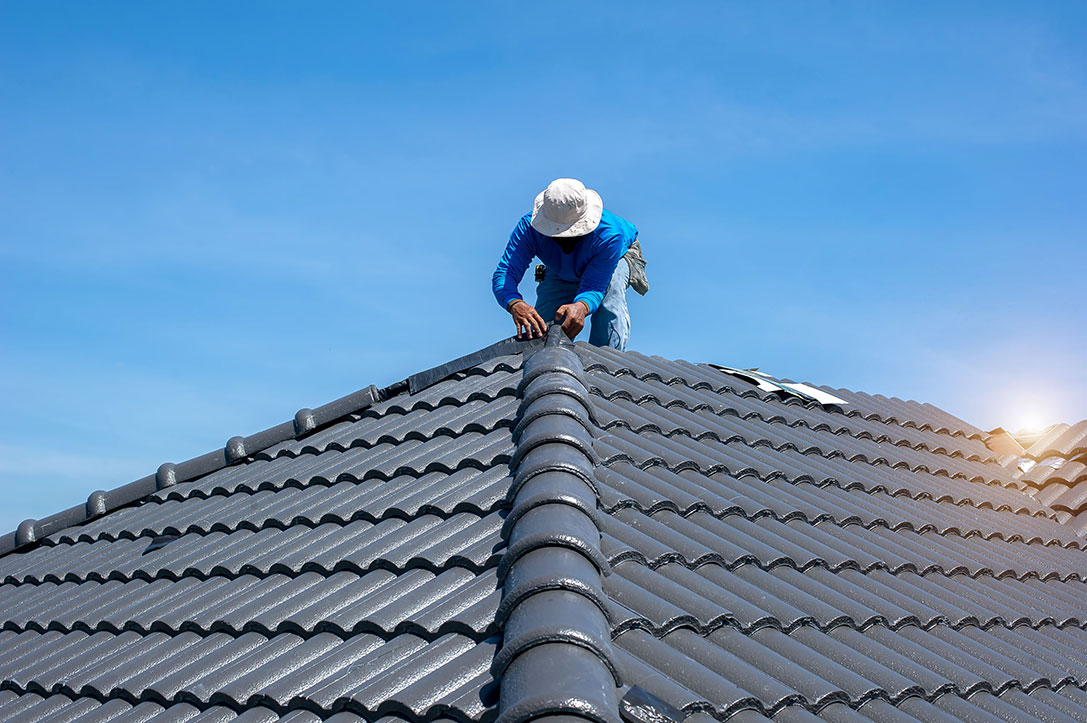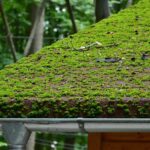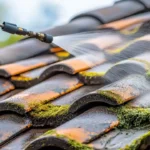Many homeowners often wonder how to reduce heat through roofing to make their homes more comfortable and energy-efficient. The rising temperatures and the need for sustainable living have made this a crucial topic. By implementing effective roofing solutions, not only can you enhance the comfort of your home, but you can also significantly cut down on energy costs.
Understanding the importance of roofing in heat reduction is essential. Roofs play a pivotal role in determining the overall temperature of your home. Hence, choosing the right materials and techniques can make a substantial difference.

The Importance of Roof Design
Designing a roof that minimizes heat absorption is the first step towards a cooler home. A well-designed roof can reflect more sunlight, thereby absorbing less heat. This simple yet effective strategy can drastically reduce the indoor temperature.
Materials Matter: Choosing the Right Roofing Material
One of the most effective ways to reduce heat through roofing is by selecting the appropriate materials. Reflective roofing materials such as white tiles or cool roofs can reflect a significant portion of sunlight. This reflection reduces the overall heat absorbed by the building.
Reflective Roof Coatings
Applying reflective coatings is another excellent method to keep your roof cool. These coatings are designed to reflect more sunlight and absorb less heat. They can be applied to various types of roofs, enhancing their ability to keep your home cooler.
Learn more about how to apply reflective roof coatings here.
Insulation: A Barrier Against Heat
Proper insulation acts as a barrier against heat. Insulating your roof effectively can help maintain a consistent indoor temperature, reducing the need for air conditioning. This not only saves energy but also lowers your utility bills.
Ventilation: Letting Your Roof Breathe
Good ventilation is crucial for heat reduction. It allows hot air to escape and cooler air to circulate, preventing heat buildup. Consider installing ridge vents or attic fans to improve air circulation.
Green Roofs: A Sustainable Solution
Green roofs, covered with vegetation, are excellent for reducing heat. They absorb less heat and provide a layer of insulation, which keeps the building cooler. Additionally, they offer environmental benefits such as improved air quality and stormwater management.
Color Choices: Light vs. Dark Roofs
The color of your roof can impact heat absorption. Lighter colors reflect more sunlight, while darker colors absorb more heat. Opting for lighter-colored roofing materials can significantly reduce the amount of heat absorbed by your home.
Regular Maintenance for Maximum Efficiency
Regular roof maintenance is essential for optimal performance. Inspect your roof for damages, clean gutters, and remove debris to ensure its efficiency in heat reduction. For a detailed checklist, refer to our roof inspection guide.
Repair and Upgrade
Timely repairs and upgrades can enhance your roof’s ability to reduce heat. Fixing leaks, replacing damaged shingles, and upgrading to more efficient materials can make a notable difference.
For tips on fixing roof discoloration, visit our guide.

FAQs
How can I tell if my roof needs better insulation?
Signs of poor insulation include fluctuating indoor temperatures, high energy bills, and visible damage to roofing materials. Upgrading insulation can solve these issues.
What are the best materials for a cool roof?
Materials like white tiles, metal roofing, and specially designed cool roof coatings are excellent choices for reducing heat absorption.
Can a green roof really help reduce heat?
Yes, a green roof provides insulation and absorbs less heat, making it an effective solution for reducing heat in your home.
For more tips and information on roof maintenance, visit this article.
This article contains affiliate links. We may earn a commission at no extra cost to you.








